Children’s literature is SO powerful.
Through books, our children and students can learn more about themselves. They can also learn about people, places, and experiences that they have never before experienced. They can learn empathy and social skills to use in their own lives!
We can think about a children’s book as serving as either a window or a mirror. “Window” books allow children to peek into other people’s worlds (Bishop, 1990). “Mirror” books, on the other hand, present familiar characters or worlds to children, and they allow readers to identify with characters’ experiences (Bishop, 1990).
It’s essential to have both types of books in our classroom libraries. “Window” books can be fairly easy to come by. But it can be a bit more challenging to find “mirror” books that truly represent our students’ cultures and experiences.
This summer, in my efforts to add more diverse “mirror” books to my own collection, I started following Dee Fogarty on Instagram (@ILoveBooksAndICannotLie). Dee is an educator and literacy consultant in the D.C. area, and she started her Instagram account to showcase diverse children’s literature.
I LOVE following Dee and I wanted to share her awesome work with you! So I talked her into writing a post for me to share here. 🙂 In today’s post, Dee gives some great suggestions for adding diverse books to your own collection, and she also shares some of her own favorite books for the back to school season.
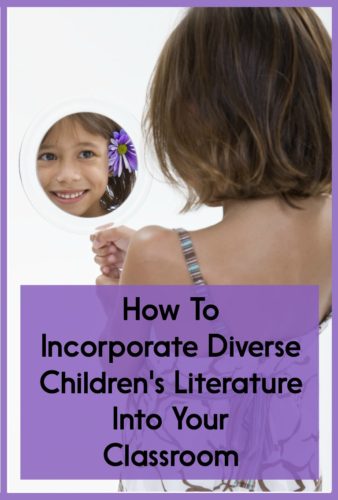
Photo Credit: AZP Worldwide, Shutterstock
Dee says…
The new school year has arrived! If you are anything like me, you probably will spend countless hours organizing your classroom library, leveling your books by genre or reading level, and ensuring each book is color coded and welcoming to your students.
While you are doing this, I want you to step back and do one more thing. Yes, just one more thing.
Step back, scan your library, and ask yourself a few questions:
- Does your library provide books that is a balanced mix of “mirror” books, books that students can see themselves reflected in, as well as “window” books, books that allow readers to see a world or a character that might be different than them?
- Do the stories in your library build an understanding of diverse cultures and experiences?
- Does your library include diverse books that are not just about racism, prejudice or immigration?
- Does your library include books by authors or illustrators of color? Authors/illustrators who are differently-abled?
If you found yourself answering “no” to many questions of the above questions, don’t fret.
In this post, I am going to discuss some ways you can ensure that you have books in your classroom that reflect your students and the outside diverse world that we live in. As someone who has worked in education for over a decade, I know how challenging it can be to find diverse books. I also know it is something that some educators may not think about when we are selecting books for our class.
I’m going to ask you to shift your mindset starting today.
Shift away from selecting diverse books for your students only during certain months of the year or books that only deal with learning about another culture.
Move to the place of simply wanting books where the characters represent all kinds of children and families. Period.
Why, you ask? Our world is diverse. Even if children do not live in a diverse area, it is important for them to be able to see positive images of people who make appear different than them. When kids read books like this frequently, it helps them to develop empathy and to accept others’ differences.
It is also important for students from underrepresented backgrounds to be able to see themselves in books in a positive way. It can affirm their cultural identity and allow them to know that they exist. It allows them to relate to the character on a deeper level, thus allowing you the teacher to be able to use all of our wonderful lesson plans with books that students are already invested in.
So, it is not just important for students of color to read books with characters of color, it is just as important for students who aren’t of color to read books with characters of color or who may have other differences than them.
Evaluating Books
When I first started teaching, I was always on the hunt for books that reflected by students. I also wanted to find books that exposed them to other cultures, since they should great interest in it.
I’d usually go to a bookstore, look at the cover, skim through it, and if I felt like it was a good fit, I’d buy it. But there were too many occasions when I purchased a book that I hadn’t read, and later ended up being troubled by it.
Here are some tips to help you avoid this situation:
- Check the Publication Date: Remember, there was a time where we were not such an accepting society. Believe it or not, it is not as far back as many people think. Always make sure to check the publication date!
- Accuracy: Is this an accurate representation of the culture being represented? The setting? Is it historically accurate?
- Ask Yourself Tough Questions: Does this book perpetuate a stereotype? Does this book have a conflicting message? Would this book be inappropriate in light of current events going on? Are the illustrations free of bias and/or stereotypes?
- Credibility: Who is the author and what experience or knowledge do they have as they write from this cultural perspective?
Actually read the book or at least one chapter if it is a chapter book! No skimming!!
It is truly important to keep these ideas in mind whenever you purchase a new text. I would also recommend you do this even if you receive books from your school district. The people who are making decisions about what to purchase often don’t read every single book. It’s our job to ensure that the books we receive are appropriate. Don’t let those books slip through the cracks!
Finding Diverse Books: Where Are They?
Back in January, I started an Instagram account called @ILoveBooksAndICannotLie that regularly showcases diverse children’s books. Because of this account, I have connected with many authors of these books who all want to get their books in the hands of readers. Often major publishers won’t publish these books. Also, very often, major bookstores won’t sell those same book unless they are coming from a major publisher! It shouldn’t be this complicated to find diverse books, right? Here are some solutions:
- Independent Bookstores: I find that it is easier to find diverse children’s books in independent bookstores vs larger book stores. In larger bookstores I find myself searching for hours, only to find a few books with diversity. I love that independent bookstores have a greater selection of books. If you are ever in the DC Area, make sure to check out Bus Boy’s and Poets and Sankofa Cafe and Books. They have a great selection of diverse books!
- Subscription Services: Monthly subscription services are another way to get access to diverse books without the hassle of searching for them.. My subscription service WAM! Book Bundle delivers diverse children’s books that serve as windows and mirrors to its readers each month. We are launching this month, so please feel free to check us out at http://get.wambookbundle.com/. There are also other diverse subscription services such as “Just Like Me Box” and “Heritage Box” that offer diverse books as well.
- Social Media Book Influencers: I love Instagram! There are some great accounts to follow if you are looking for diverse children’s books such as @HereWeeRead @diversebooks @WeNeedDiverseBooks @diversereads. Check them out, make a list and head to another great place to find diverse books, the library!
Ready to add some more books to your classroom library? Check out these diverse books to help to kick start the year with your students!
Great Diverse Back To School Books:
Suki’s Kimono By Chieri Uegako
School’s First Day of School by Adam Rex
My Teacher By James Ransome
The Name Jar By Yangsook Choi
How Do Dinosaurs Go To School? By Jane Yolen
I Am Absolutely Too Small for School By Lauren Child
Pedro For President By Fran Manushkin
Katie Woo Rules The School By Fran Manushkin
Sofia Martinez: Picture Perfect By Jacqueline Jules
Wonder by R.J. Palacio
Additional Resources:
More Mirrors in The Classroom: Using Urban Children’s Literature to Increase Literacy (Fleming, Catapano, Thompson, & Carrillo)
I hope you enjoyed Dee’s post as much as I did! With so many things to worry about each day, it’s all too easy to neglect this part of our classroom and instruction. But incorporating diverse books is so important for our students’ learning and emotional well being!
I’m grateful that Dee makes book selection easier for us thru her Instagram feed, the suggestions she included here, and her book subscription service. Don’t forget to follow her on Instagram for more great ideas (@ILoveBooksAndICannotLie)!
Happy teaching!
References
Bishop, R.S. (1990a). Mirrors, windows, and sliding glass doors. Perspectives, 6(3), ix–xi.

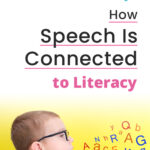
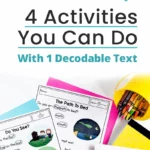
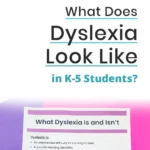

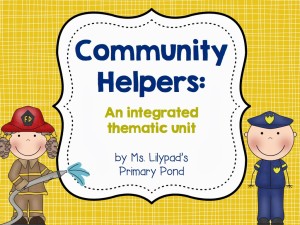
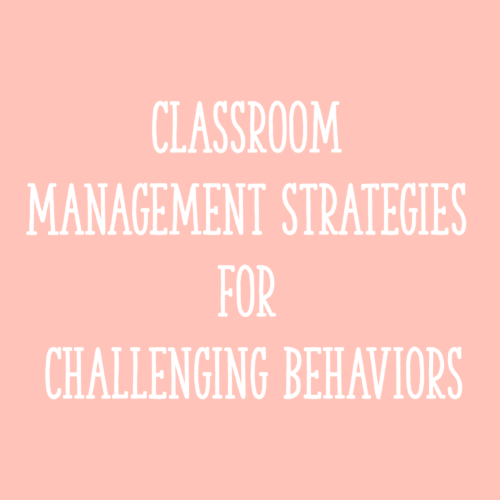






Great article!!!!
Thanks a lot for sharing!
This is so wonderful! thank you so much for calling attention to these books!!
I could not agree more, that more books with Mirrors and Windows are needed in Libraries and classrooms. Children should be able to read about other families like themselves and learn about other ethnicities different than them.